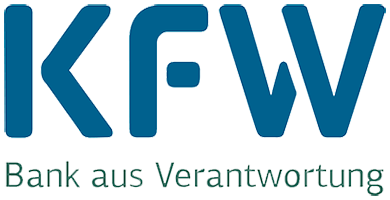Vegetable VC

Description
In Kyrgyzstan cabbage, beets, carrots, tomatoes, cucumbers, and onions are grown commercially on about 55,000 ha (2022), occupying 4.4% of arable land. Major production regions are Chui, Jalal-Abad, and Osh. Vegetables are high value crops with relatively high seasonal costs and high dependence on marketing. Delivery to processing companies is only the second choice of farmers because of relative low prices to be paid by processing companies. Processing companies depend on international markets and in many cases underlie high price competition. This reduces their ability to pay high prices for raw materials to farmers. Large processing companies either rely on low quality vegetables during main production season or have to cultivate their vegetables on their own by using industrial production methods (example “Tomat KG”).
Due to higher prices, farmers’ primary interest is delivering to the fresh market, either to the national market or for export. The existing intermediary traders’ network, that purchases vegetables from smallholder farmers, can well supply the national market with less quality requirements. The export market, however, increasingly requires organizations close to farmers’ level, able to control the quality of produce, to aggregate and to condition produce from smallholder farmers, and to sell it to exporters in sufficiently big lots of equal quality.

Current situation and problems
Commercial vegetable production is suitable for smallholder farmers because of its potentially high income-generation capacity. Depending on the kind of vegetable, delivering to high price markets requires well established farm services and good marketing channels. Actually, this is the weak point of vegetable production in Kyrgyzstan. For high income at farmers’ level, access to high quality seeds and fertilizers is needed. Essentially, further agricultural advisory services are needed that lead farmers through the production season and animate them to do the right field operations at due time for increasing yields and to produce quality. Finally, post-harvest services such as aggregation and conditioning are necessary for farmers to deliver to high price markets. A pre-condition for value chain financing is that these farm services, including the processing/ marketing links, are well established.
How the project assists the value chains
Vegetables with their potential for high income-generation and job-creation are a highly specialized business, which requires specific knowledge at primary production level as well as of market structures, requirements, and dynamics. The AAS must dispose about such knowledge and skills. Marketing aspects play a role right from the beginning and have an impact on choice of varieties, production methods and scheme organization. Marketing infrastructure is defined by the specific target market. The quality aspect plays a major role. Therefore, as part of the vegetable VCs, well-selected processors and traders are key for success.
For some types of vegetables, the early market is of interest to make use of high prices. This determines the entire scheme organization. Early vegetables under open-air production are only possible in low laying areas in the South with hot climate. In other areas, only production of vegetables in greenhouses can cultivate them early enough to reach high prices. For some cabbage varieties, also the late market might be of interest, when the demand is high for conserving cabbage for wintertime. For root vegetables, storage is important as seasonal price fluctuations have their peak from spring until the next harvesting period.





